[Also be sure to check out www.tiltfive.com AR glasses with huge potential from Jeri Elsworth!]
[Update 28 april: I'm willing to opensource the entire framework (tracking, warping, etc.) but it's a whole lot of complicated undocumented code, so I'm afraid it won't help. If anyone is truly interested in producing glasses I'm happy to continue work and transfer my knowledge. So far the off the shelf costs seem to be $110 for the phone (VKWorld S8), the glasses frame $35, and some production (2 solder points on phone for camera flash, perhaps 3 solder points to reroute battery to external and extracting front camera from case or purchase it extra for $15~). Mass production would be cheaper I assume. Not looking for funding, but am looking to keep it opensource if its the case. Contact at kajos.net]
This is a project to achieve very low cost Augmented Reality glasses.
Some unique characteristics for this project are:
- Custom positional tracking using reflective markers
- that allows for long tracking range above what is possible using QR codes
- that is extremely lightweight, and runs on low performance processors such as MediaTek
- works exceptionally well in low light conditions
- allows for low battery drain
- reflective QR codes allow for data to be attached to a marker. When a reflective blob is detected, a high resolution photo is taken so that the QR data and orientation can be read from a large distance.
- Using cheap, off the shelf hardware; namely Chinese imported MIX phones.
- which cost currently $70 and are readily available
- with a range of alternatives available
- in the future, other phones can be supported. MIX phones are used solely for their long flex cables leading to the front camera.
- alterations to the phone are simple and low cost
- the frame for the AR glasses are Chinese imported for a cost of $30~. The FOV is about the same as the camera, 60-70 degrees.
- Tracking is implemented using an Android service. There is no need to build the tracker with AR apps. There is seamless transition between apps because of this as well. The Android tracker service will also have the ability to put the device in auto standby on no input, or wake the device up on movement or marker detection.
- There is no need to root the Android device. The requirements for Android level are low and should work with any Android phones available.
- Unity3D support is available and working smoothly.
- Maintains 60fps
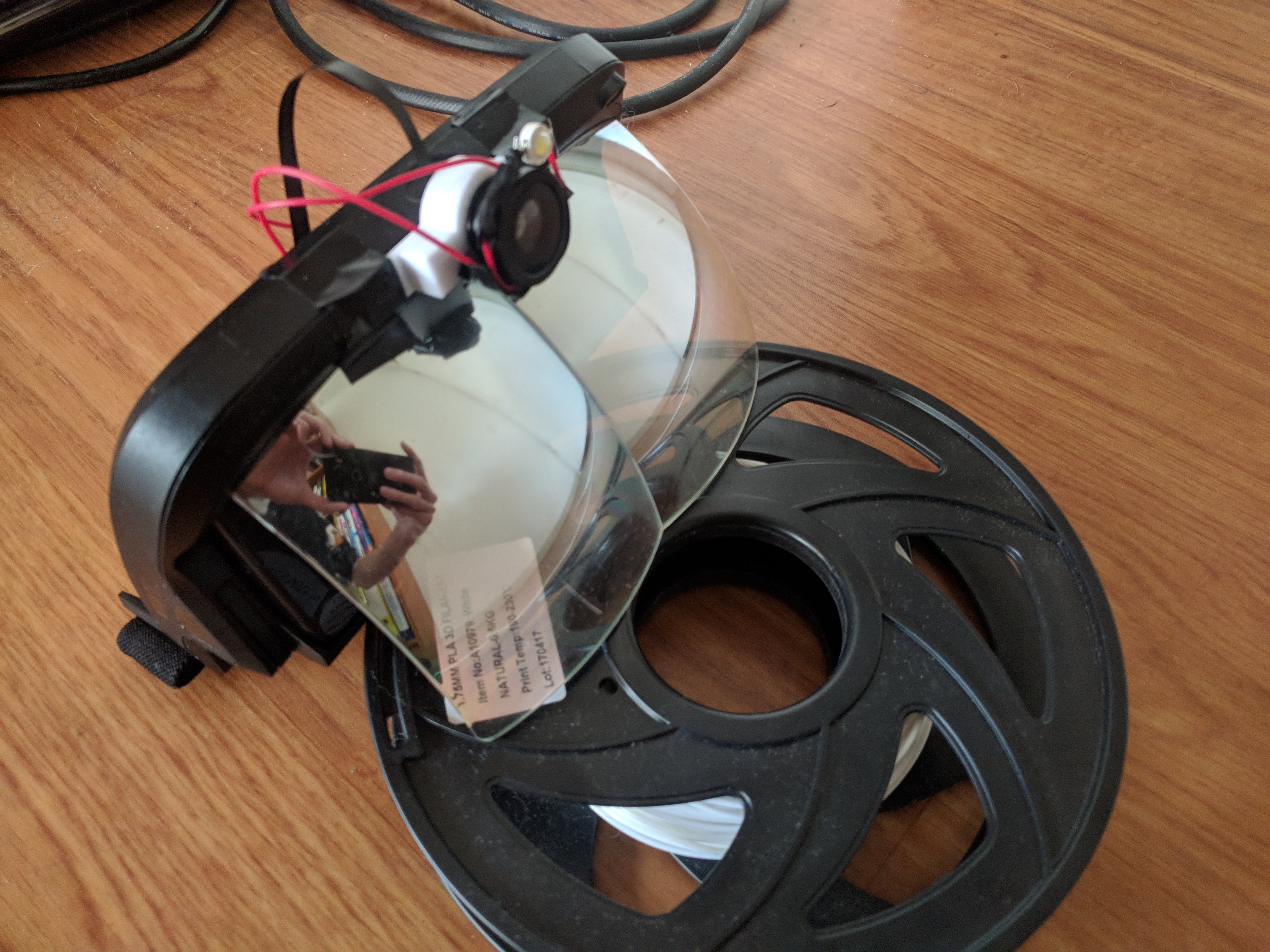
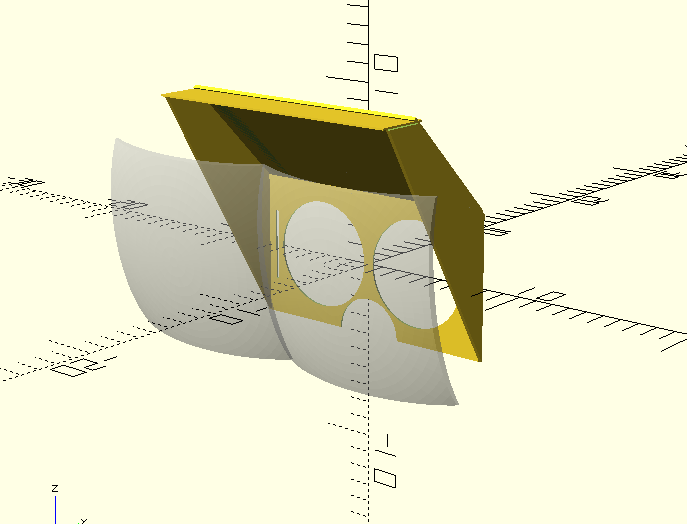

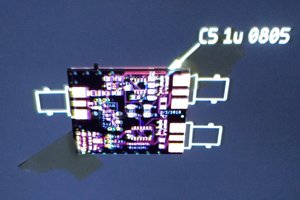
 Ted Yapo
Ted Yapo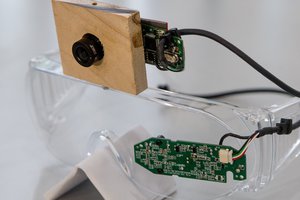
 John Evans
John Evans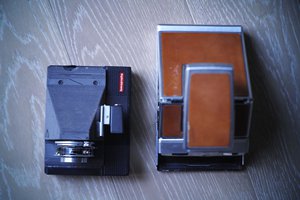
 PengxiangXu
PengxiangXu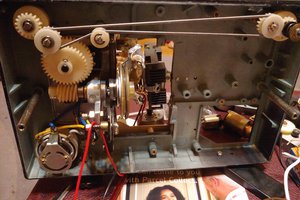
 The_Mekon
The_Mekon
I'm looking for Penelope!